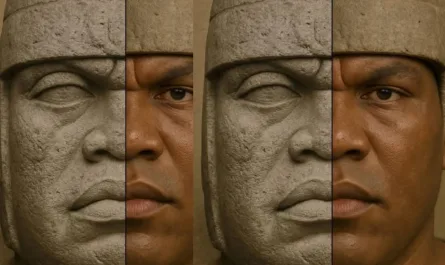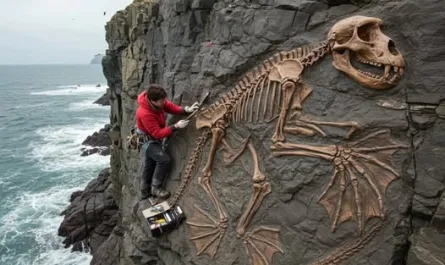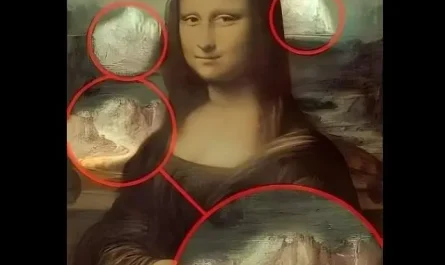In his 1976 book The Twelfth Planet, Russian-American author Zecharia Sitchin proposed a controversial theory that the Anunnaki, deities from ancient Mesopotamian mythology, were extraterrestrials from a hypothetical planet called Nibiru. According to Sitchin, these beings arrived on Earth around 500,000 years ago to mine gold, genetically engineered Homo erectus to create modern humans as slave labor, and shaped ancient civilizations. His ideas, expanded in works like The Stairway to Heaven (1980), The Wars of Gods and Men (1985), and The End of Days (2007), blend ancient texts with speculative fiction, claiming the Anunnaki built monumental structures like the pyramids, survived a biblical flood, and left behind human-alien hybrids. While captivating, Sitchin’s theories lack scientific credibility and are widely debunked, yet they remain influential in ancient astronaut circles.
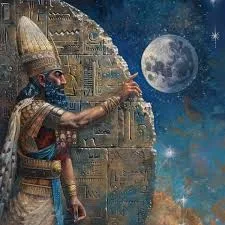
The Anunnaki and Nibiru Mythos
Sitchin’s core claim is that the Anunnaki, mentioned in Sumerian, Akkadian, and Babylonian texts as gods, were aliens from Nibiru, a supposed 12th planet with a 3,600-year orbit. He argued they came to Earth to mine gold, possibly to repair Nibiru’s atmosphere, and engineered Homo sapiens from Homo erectus around 300,000 years ago to serve as laborers. Sitchin interpreted Sumerian cuneiform tablets, like the Enuma Elish, as literal accounts of alien intervention, suggesting the Anunnaki’s advanced technology enabled genetic manipulation.
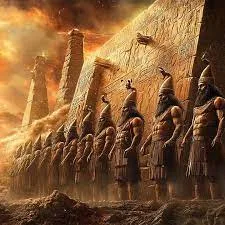
He further claimed that around 11,000 BCE, melting Antarctic glaciers—triggered by Nibiru’s gravitational pull—caused a global flood, equated with Noah’s Flood, destroying Anunnaki bases. The Nephilim, often interpreted as Anunnaki offspring or giants in biblical texts, allegedly survived and taught humans agriculture to rebuild, constructing monumental sites like the Giza pyramids, Stonehenge, and Machu Picchu, which Sitchin deemed impossible without advanced tools. In The End of Days, he predicted the Anunnaki’s return around 2012, tying it to the Mayan Long Count calendar’s end, a date that passed without incident.
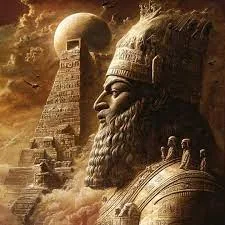
Key Claims and Their Flaws
Nibiru and Extraterrestrial Origins: Sitchin’s Nibiru lacks astronomical evidence. No planet with a 3,600-year orbit matches known solar system dynamics, and NASA has found no trace of such a body. The Anunnaki, in Sumerian texts, are deities tied to natural forces, not aliens, with no mention of extraterrestrial origins.
Genetic Engineering: Sitchin’s claim of human creation via genetic manipulation predates modern genetics and contradicts evolutionary biology. Fossil records and DNA evidence show Homo sapiens evolved gradually in Africa over 300,000 years, with no signs of sudden alien intervention. The Sumerian texts he cites, like the Atra-Hasis, describe human creation mythologically, not scientifically.
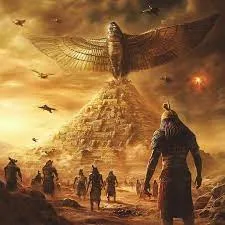
The Flood and Nephilim: Geological records confirm no global flood around 11,000 BCE; regional floods, like the Black Sea deluge (c. 5600 BCE), are better candidates for biblical myths. The Nephilim, from Genesis 6:4, are likely symbolic figures or elite warriors, not alien hybrids. Agriculture, evidenced by sites like Göbekli Tepe (9600 BCE), predates Sitchin’s timeline and arose from human innovation, not alien instruction.
Monumental Construction: Sitchin’s assertion that pyramids and megaliths required alien technology ignores archaeological evidence of human ingenuity. The Giza pyramids (c. 2600 BCE) were built with copper tools, ramps, and labor, as shown by quarry marks and workers’ villages. Sites like Stonehenge (c. 2500 BCE) used local materials and engineering, not extraterrestrial aid.
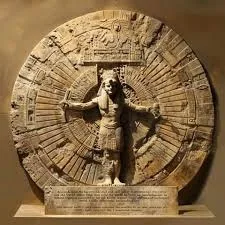
Human-Alien Hybrids and 2012 Return: No genetic evidence supports human-alien hybrids, and Sitchin’s 2012 prediction failed to materialize. His interpretations of Mayan calendars misalign with scholarly readings, which view the Long Count’s end as a cyclical reset, not an apocalyptic event.
Context and Influence
Sitchin, a self-taught translator with a background in economics, not Assyriology, relied on idiosyncratic readings of cuneiform, criticized by experts like Michael S. Heiser for inaccuracies. His books, part of the 1970s ancient astronaut craze sparked by Erich von Däniken, resonated with readers seeking alternative histories, selling millions despite academic dismissal. His ideas influenced pop culture, appearing in shows like Ancient Aliens and inspiring fringe communities online, though no peer-reviewed studies support his claims.

The Anunnaki mythos draws loosely from Sumerian stories, where they are gods like Anu and Enki, not aliens. Sitchin’s narrative, while imaginative, overlooks the cultural context of these myths as explanations for natural and social phenomena, not historical records.
Lessons for Today
While unrelated to the Dahomey Amazons, Sitchin’s story parallels their use of cultural tools (cornrows) for empowerment, as he repurposed ancient myths for modern intrigue. His work, though flawed, offers lessons:

Critical Thinking: Sitchin’s popularity underscores the need to question extraordinary claims, encouraging education in source analysis and scientific literacy to distinguish fact from fiction.
Cultural Respect: His reinterpretation of Sumerian texts risks oversimplifying ancient cultures. Learning from diverse histories, like the Amazons or Mesopotamian traditions, fosters respect for their true contexts.

Imagination’s Power: Sitchin’s creativity, while not factual, inspires curiosity. Channeling this into rigorous research can uncover genuine historical insights, like those from Newgrange or Palenque.
A Legacy of Controversy
The “Pyramid of Bin Bin” (likely a misnomer for a pyramidion or Sitchin’s pyramid claims) and the Anunnaki theory remain speculative, lacking archaeological or scientific backing. Yet Sitchin’s work highlights humanity’s fascination with origins and the cosmos, echoing the wonder of sites like Newgrange. By grounding our curiosity in evidence, we can honor ancient ingenuity without resorting to extraterrestrial tales, celebrating the real architects of our past—humanity itself.
